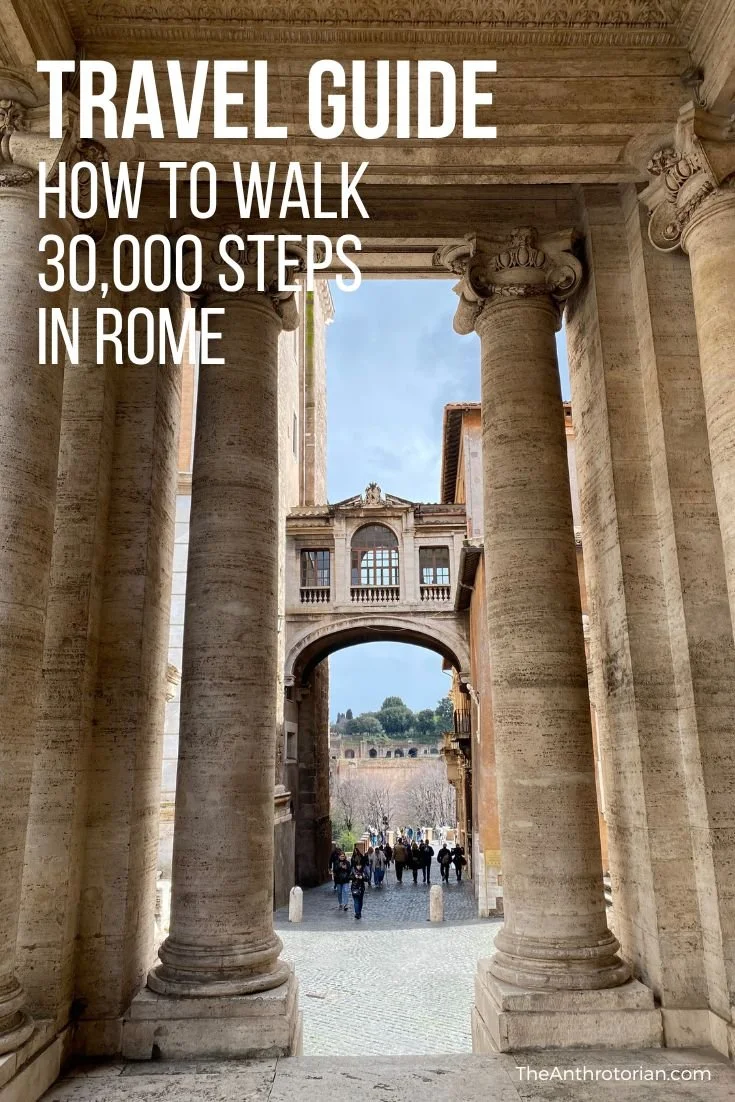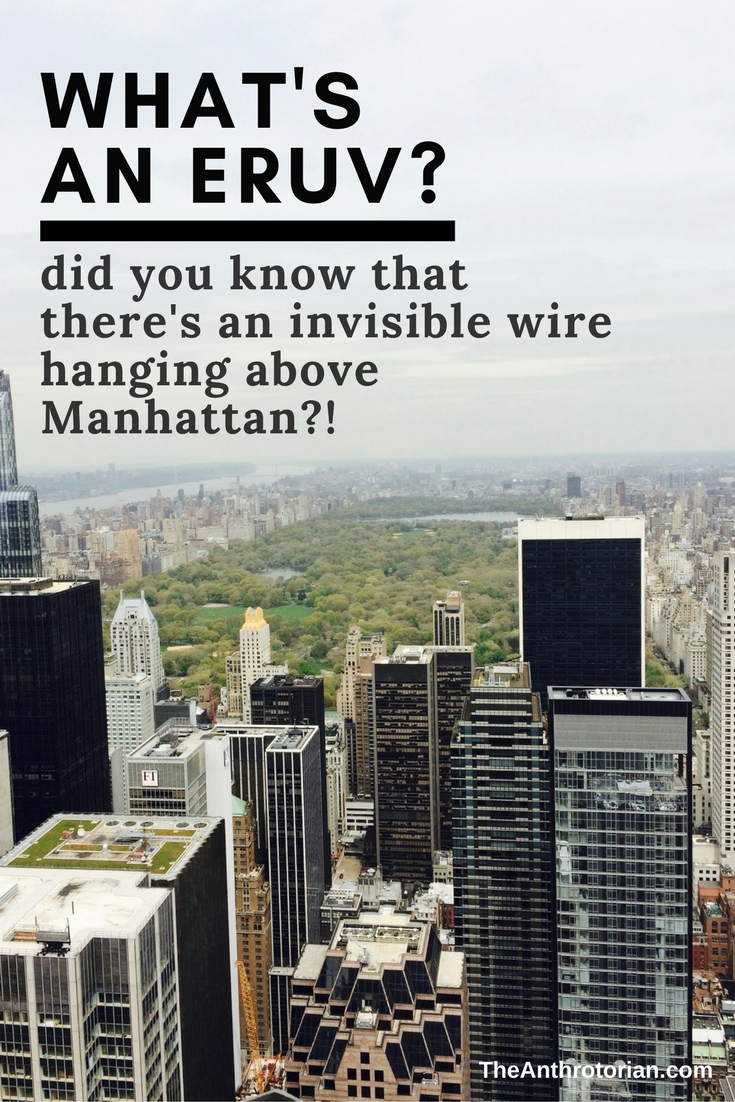I lived in the small city of Ansan just outside of Seoul, South Korea (close enough that I was still on the Seoul subway line) for a year and a half while I was working there as an English teacher. Because I was so close, I spent almost every weekend exploring Seoul’s winding historic alleyways, huge high-rises, modern art galleries, curated natural areas, and layer upon layer of food, fashion, and culture.
Read MoreMust-Visit Destination: Exploring Jeju Island In South Korea
THE STATS:
Location — Jeju-do (‘do’ means island) is a large, subtropical volcanic island located 85km off the southern tip of the Korean peninsula.
Population — This small island has a population of 540,000 permanent residents, though this can as much as double during the summer.
Claim To Fame — Considered by Koreans to be Paradise, Hawaii, and Disneyland combined, this is THE honeymoon location for newlyweds. The island contains South Korea’s highest mountain — a 2,000m high extinct volcano — long sandy beaches, impressive waterfalls, extremely rare lave-tube caves, and delicious oranges.
Orientation — The island is about 200km around and is divided into four quadrants with the lush Hallasan National Park in the centre. The southern side is where most of the attractions, and resort-like hotels are located and so is the most tourist-friendly.
Getting Around — There are buses that can take you to all of the major tourist sites, and renting a taxi for the day is relatively affordable.
Your best bet (especially in the off-season when taxis and buses aren’t as numerous) would be to rent a car from one of the rental agencies at the airport. Just MAKE SURE YOU DON”T SPEED!! There are speed traps EVERYWHERE — trust me, I got a ticket.
Getting There and Away — There is a small airport on the island, but you can only fly in from one of South Korea’s major cities. Busan or Seoul would be your best points of departure. You can also reach the island by ferry, but the sea between the mainland and the island tends to be really rough, so unless you have an iron stomach, I suggest flying.
Where To Stay — Because Jeju is a major tourist destination, there is no lack of hotels, guesthouses, hostels, and resorts. Whatever your price point, ensure that you book ahead of time, and count on prices raising on weekends and in the summer months.
What To Do — By far, the most unique thing to do on the island is exploring the world’s longest system of lava-tube caves. The system in 13.4km long with a height and width anywhere from 3m to 20m. It is damp, incredibly humid, rocky, cold, and dark in the tubes, but what makes them so unique is the fact that they are relatively unregulated. Unlike attractions similar to these found in the Western world, the tubes don’t have roped-off areas, walkways, no-go zones, or park rangers that keep tourists from going somewhere they shouldn’t. Don’t get me wrong, I am NOT advocating doing something to risk your safety, all I am saying is take advantage of an experience that will let you feel like an adventurer, discovering something for the first time.
There are shrines and museums throughout the island, and no visit to Jeju could be complete without hiking up to one of the 360 volcanic craters that can be found throughout. These craters are incredibly lush and give hikers an amazing view of the surrounding ocean.
How I Found It — When I was living in South Korea, my brother and sister came to visit me for a week. While they were there, we decided to check out this amazing island that everyone kept telling me about.
We took a flight from Seoul (it was only about $60 each) and spent 3 days exploring the island. I was there in the off-season (it was not yet bathing suit weather) and, though I wouldn’t call it Hawaii, it was beautiful, interesting, and well-worth the visit!
Mosquito Bite Prevention 101: How to avoid getting eaten alive on your next trip
Nothing can ruin a vacation more than huge, itchy welts all over your body.
I learned the hard way that I react differently to mosquito bites outside of North America when I woke up one morning in Thailand and my eye was swollen shut.
A mosquito had spent the night sucking the blood out of my cheek while I was sleeping.
After the initial shock, of not being able to see out of my left eye wore off, I realized that the entire left side of my body was also itchy and looked down to find even more bites that were quickly swelling to epic proportions.
To make the situation even worse, my travel buddy, who had been sleeping next to me all night, was completely bite free.
From that moment on, I decided that mosquito spray was going to have to be my best friend.
Pack mosquito spray (a lot of it)
I know that they are better for the environment and your health, but in my experience, the all-natural or organic bug sprays do not work on the swarms of mosquitos that come from humid, hot climates.
If you react like I do to foreign mosquitos, stick to sprays that contain DEET. I know, I know, it’s a chemical that can cause side effects if you are exposed to it over the long term, but it’s either that or get eaten alive and potentially contract a fatal disease from one of your swollen bites. In other words, pick your poison.
The strategy I use is to wear a milder spray (like one of the nicely scented, child-friendly ones) during the day, and then switch to a more intense, deep-woods style spray at night. The heat of the day tends to keep most mosquitos in hiding (though they will still find you when you head to the shade), but they come out in full force once the sun goes down.
So, other than itchy bites, what are you trying to avoid by using all this bug spray?
There are a few serious diseases that you can get from mosquitos when traveling in tropical and sub-tropical environments:
Malaria: there is no cure or shot for this guy, but you can take pills to prevent it
Dengue Fever: no cure, no shot, no pills
Japanese Encephalitis: there is a vaccination for this one and if you are going somewhere where it is present, get it. This nasty disease can lead to brain damage and death.
Yellow Fever: vaccine available and some countries won’t even let you in unless you've had it
Zika: no vaccine and the long-term side effects are still being investigated
Don't forget your mosquito net!
Other than wearing mosquito spray (I wore it 24 hours a day when in Southeast Asia), I suggest carrying a mosquito net with you. Many hotels will already have them installed in your room, but it’s better not to risk it. Nets are light, don’t take up much room and are easy to set up. Bring some duct tape and a screw in hook as options to hang it up yourself.
Pack your own coils and candles
If you are planning on sitting out on decks or balconies at night, it’s also worth packing some mosquito coils or small citronella candles to burn to help keep the bugs at bay.
Antihistamines are your friends
If you do end up getting bitten, an antihistamine will help with the swelling and itching. When I was in Thailand, one of the pharmacists there gave me Tiger Balm to put on the bites which cooled them off and took away some of the irritation as well.
Try taking vitamin B12
Mosquitos find people using their strong sense of smell, and it has been speculated that eating bananas or taking vitamin B12 will make your blood smell bad and keep them away. There is no scientific evidence to support this, BUT after I started taking B12 daily (this was recommended to me by a Chinese herbalist), any bites that I got didn’t swell or itch.
Know where risk zones are and where help is available
Lastly, check with your local Traveler’s Health Clinic for updates on risk zones, and know where international clinics are located in the countries that you are headed to so you can find help quickly if you need it.
The CDC has great information about prevention, diseases, and where mosquitos carrying different viruses are located.
Related Posts
Learn How To Haggle, Barter & Bargain Like a Pro
In many countries, items sold by street vendors, in markets, or in small shops do not have set prices and customers are expected to bargain for their purchases.
Aggressive bartering can seem intimidating or even pointless to travelers, especially when what you are negotiating is often the equivalent of pennies in your native currency. Regardless, this cultural interaction is one that is unavoidable, and if you do it right, can be a lot of fun and will earn you respect from the locals.
Be Prepared
The first step to becoming an expert haggler is to arrive at the market prepared. Have an idea of what things are worth in the country that you are visiting (guide books can help you out with this) and create a cheat sheet with numbers written out in the local language so that you can understand what is being said to you. I also recommend carrying a notepad and pen with you so that if the language barrier is too much, you can write your offers down to show the vendors — numbers are a universal language!
Know Your Budget
Before you even set foot near a market, it is very important to have a set budget in mind. Once you get the hang of it, bartering can be quite a high, and it is easy to get caught up in the chaos and spend more than you intended to — usually on things that you don’t need or don’t have room to carry home (trust me, I've been there).
Don’t Start Buying Right Away
Walk around and check out as many vendors as you can in order to get an idea of what you want and what sort of prices things start at. Items will not be tagged so you will have to ask for the price, but do not start bargaining unless you are serious about buying right then and there.
Don't Make The First Move
When you are ready to make a purchase, always let the vendor make the first offer and expect it to be anywhere from double to ten times the price that you should end up paying for it. At this point you can ask if that is really the ‘best price’, which will usually result in a significant drop from the original.
Now, it is your turn to make an offer.
Never start with the price that you actually want to pay but give one significantly lower, this is not an insult; it is all part of the game. Expect whatever offer you make to result in an overly exaggerated reaction from the vendor who will act like you have literally ripped food out of his children’s hands. Wait for the fake crying to stop, and you will get a counter offer. Negotiations will continue like this until a price is agreed upon.
Bartering can be a lot of fun, and to keep it that way, ensure that you stay relaxed, friendly, smile a lot and joke around with the vendor. If they like you and you show that you are playing the game, there is a better change of getting the end price that you want.
Don't Be Afraid To Walk Away
If you find your negotiations are at a standstill, don’t be afraid to walk away. This will often lead to the vendor chasing after you agreeing to your price, but if it doesn’t, hold strong and keep on going. The item you want will probably be around the corner at another stall anyway, and you can always try again.
Related Posts
5 Popular Tourist Spots That Will Exceed Your Expectations
There's nothing worse than going out of your way to visit some must-see-hyped-up-attraction that turns out to be a total disappointment. It's a waste of time, money, and daylight — even more frustrating if you are traveling for a short period or with a small budget.
Well, I can promise you that these five attractions are well worth the lines you may have to stand in or the distances you may have to travel to get to them. They definitely live up to the hype, and are not to be missed!
1. Anne Frank’s House Amsterdam, Netherlands
This, the actual house where Anne hid from the Nazi’s in World War II, receives nearly a million visitors each year.
The focus of the museum is the rear house where the Franks lived before they were betrayed and sent to their deaths. The space is dark, airless and shockingly real.
Visitors leaving the space pass through a light filled stairwell with words from Anne’s dairy etched into the walls:
"April 9, 1944
I'll make my voice heard. I'll go out into the world and work for all mankind!"
—Anne Frank
It is one of the most moving exhibitions I have ever visited.
2. Temples of Angkor Siem Reap, Cambodia
No matter how many photos you see, or how many movies you watch with the temples as a backdrop, nothing will prepare you for actually standing in front of them.
The Angkor complex is huge and each temple has completely unique characteristics — some are getting torn apart (yet held together) by the jungle while others are home to mischievous monkeys. Each corner you turn will make you feel more like Indiana Jones as you stumble upon smoking incense left by unseen hands, or find yourself alone in a maze of moss covered mysterious history.
3. The Holocaust Memorial Berlin, Germany
Also called "Memorial to the Murdered Jews of Europe", instead of being a simple statue or plaque, this outdoor holocaust memorial in Berlin contains a grid of 2711 square columns set at different heights on uneven ground. It can be entered from any side and presents different, disorienting, unsettling perspectives as you move through it. It is unlike any memorial I have ever seen and definitely leaves a lasting impression.
4. Seoraksan National Park Sokcho, South Korea
Seoraksan (or "Snowy Crag Mountains" in English) is a region of rugged high peaks, granite cliffs, lush forests, huge waterfalls, and ancient temples in northern South Korea, and is a major draw for tourists and locals alike.
There are hiking trails that will satisfy even the most expert of mountaineers, but there are easy trails for the day-trippers as well. No matter what level you choose, you will have breathtaking and untouched views, a rare treat in such a highly populated urban country.
5. Musee De L’Orangerie Paris, France
Often overlooked, this museum sits in the shadow of the Louvre and the Musee D’Orsay, but is well worth the visit. Though it contains important Impressionist works by artists like Cezanne, Picasso, and Renoir, the real draw of this site is two huge, light filled oval rooms that contain an eight-panel series of Monet’s Water Lilies. Built in 1927 to the artist’s specifications, the paintings are breathtaking and visitors to the museum could easily spend hours taking in the work (I know I did!).









